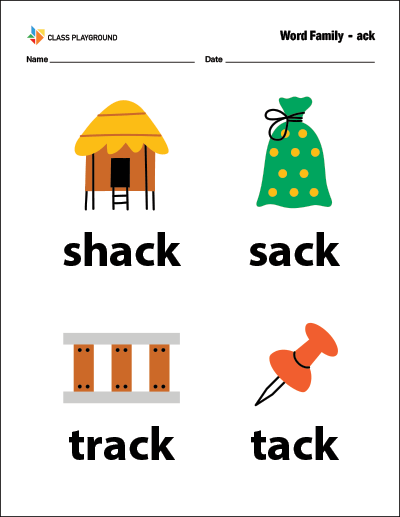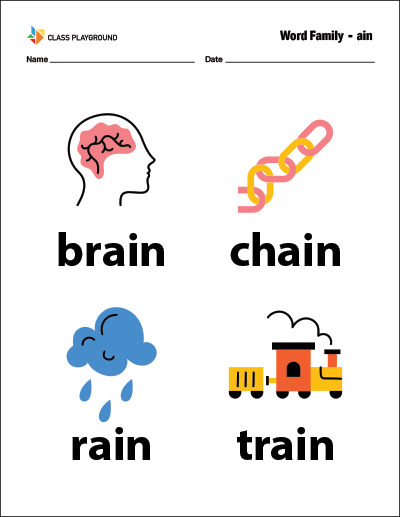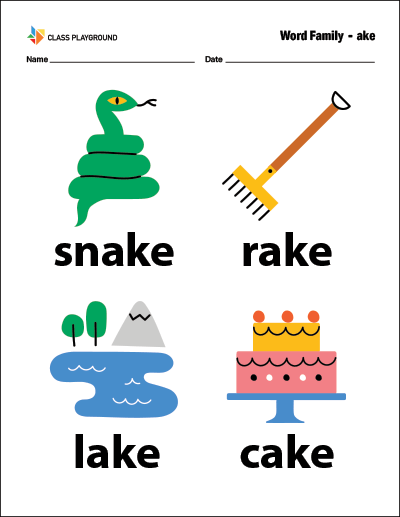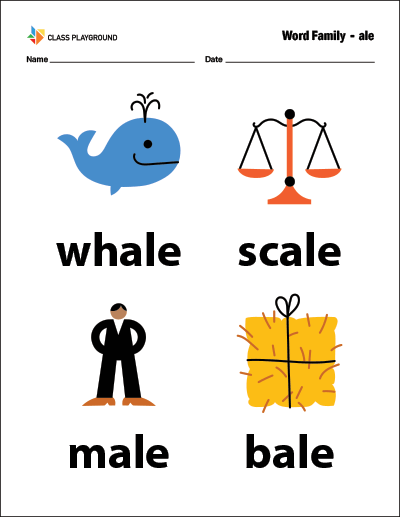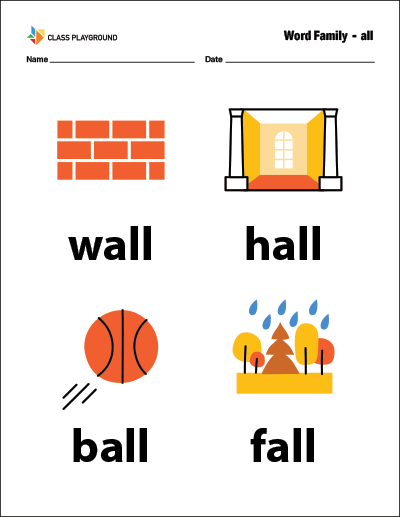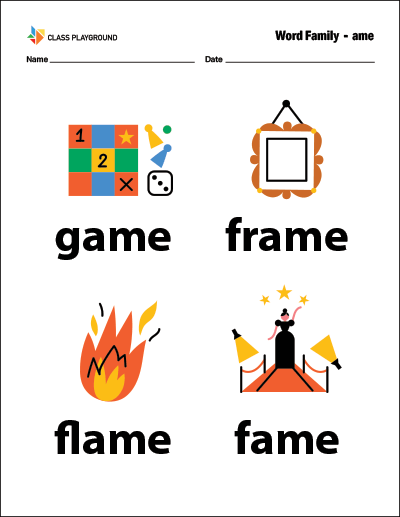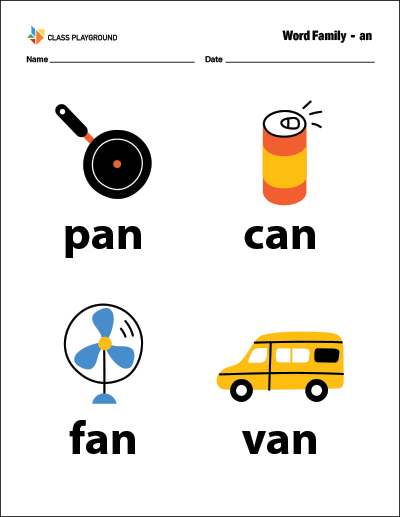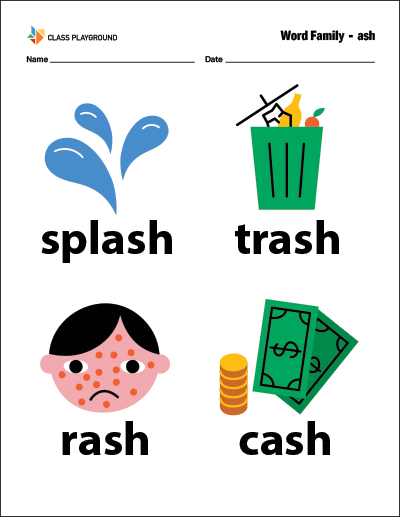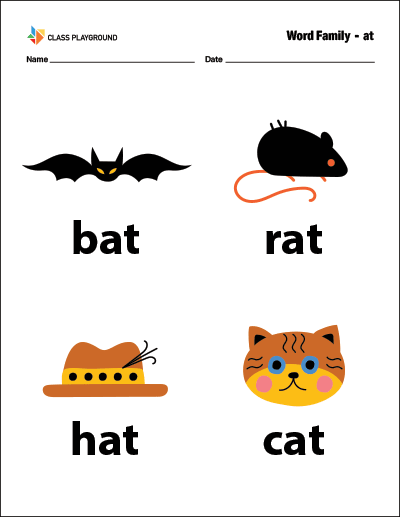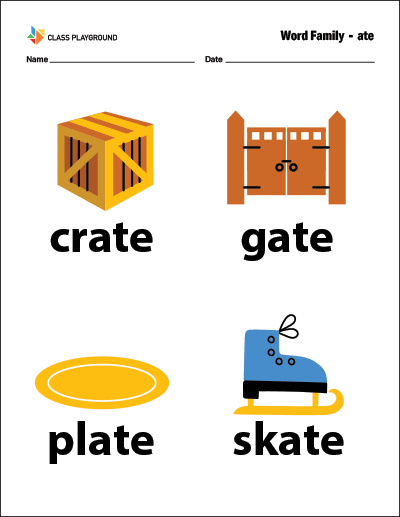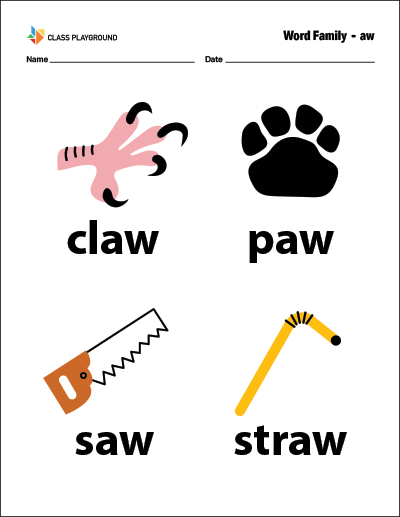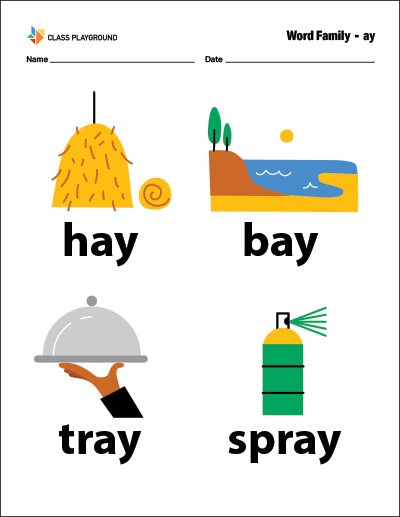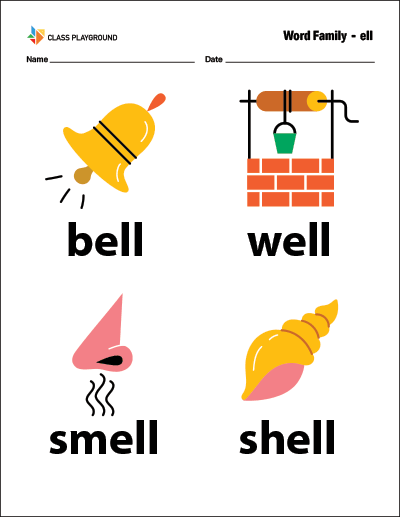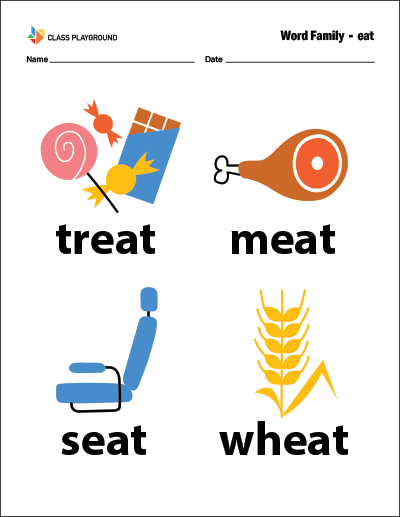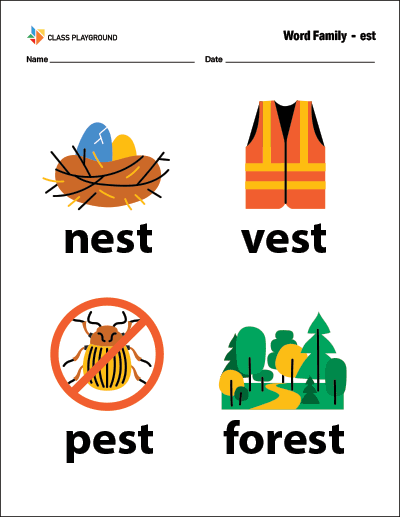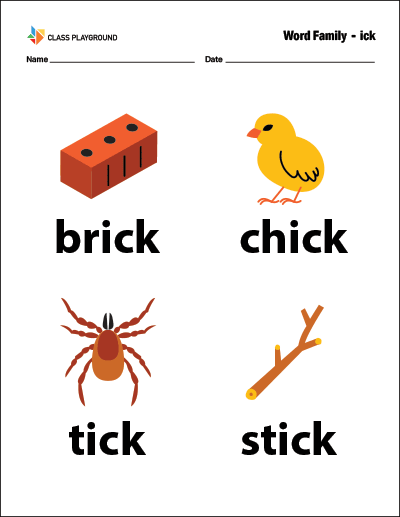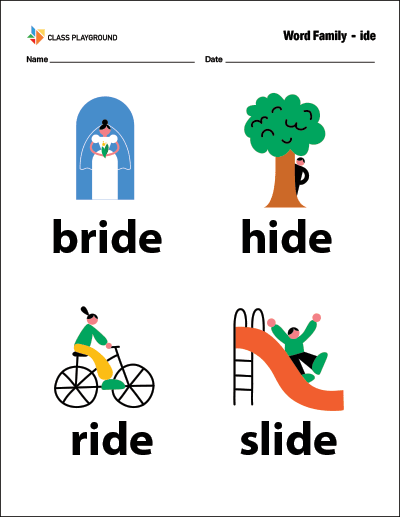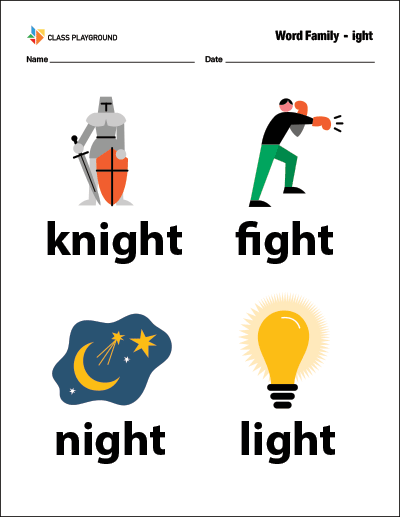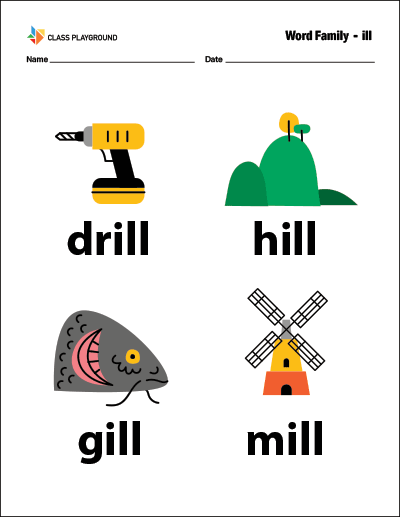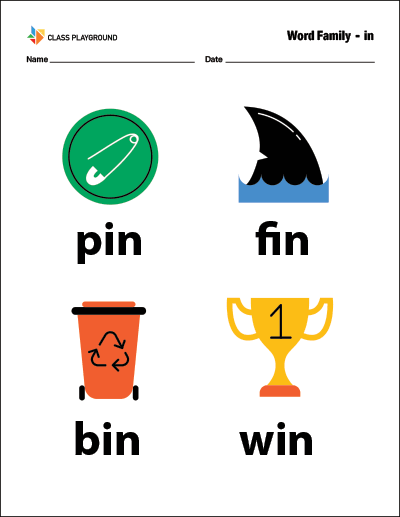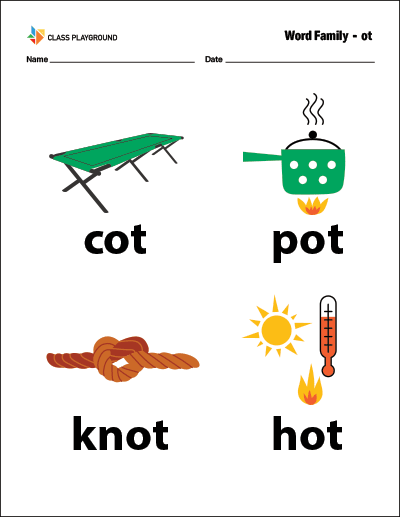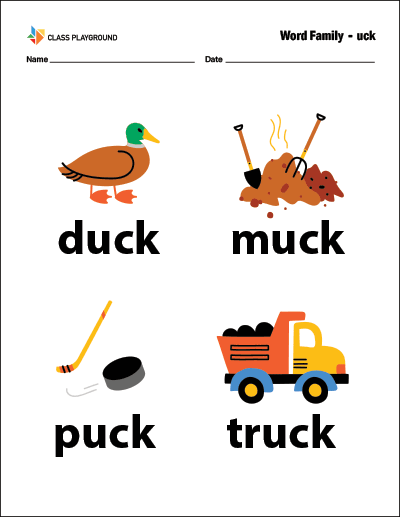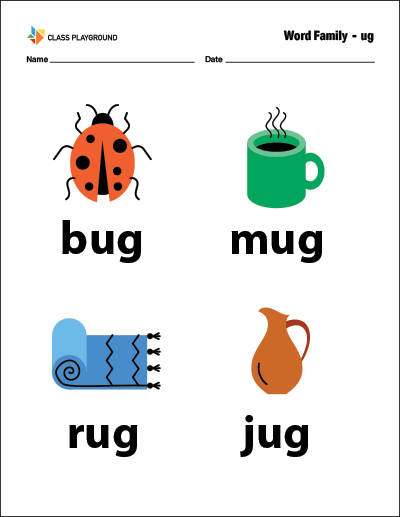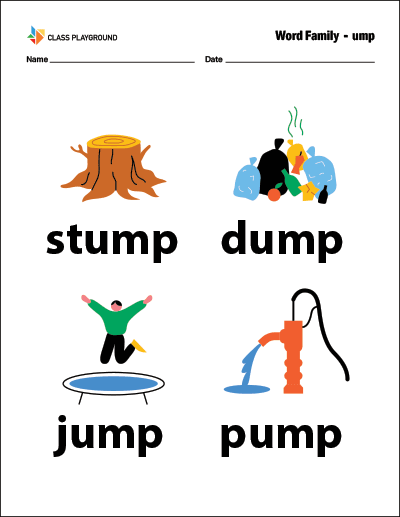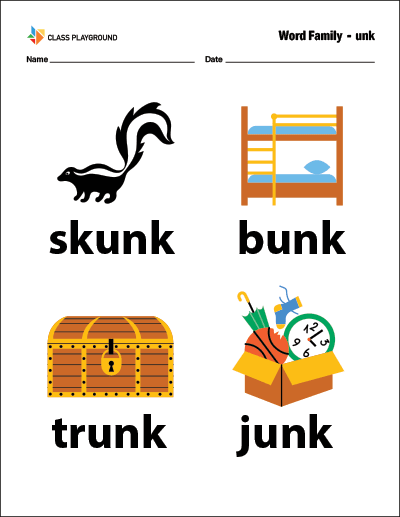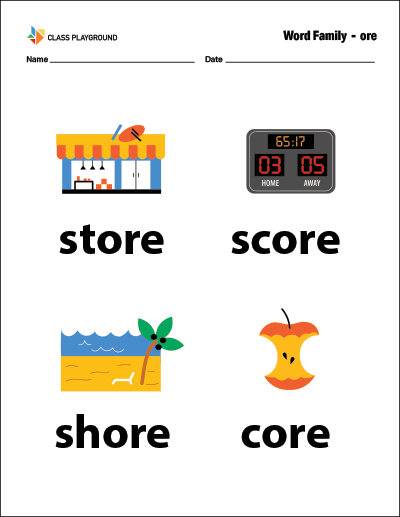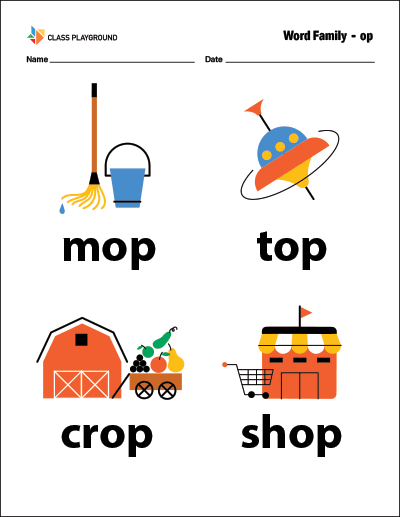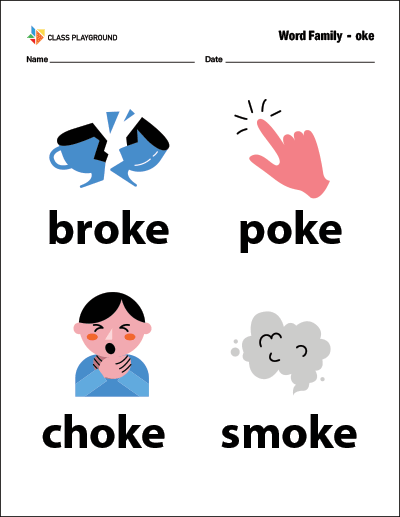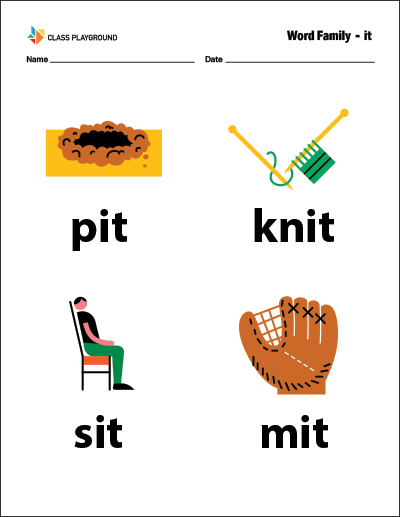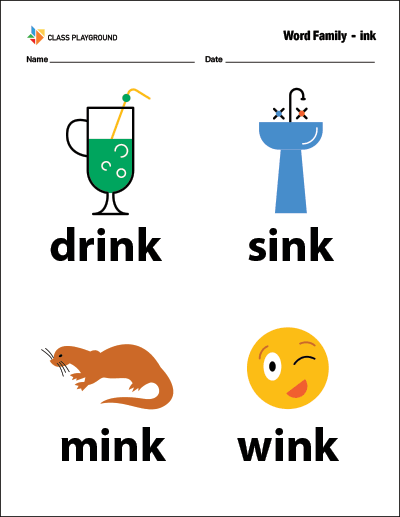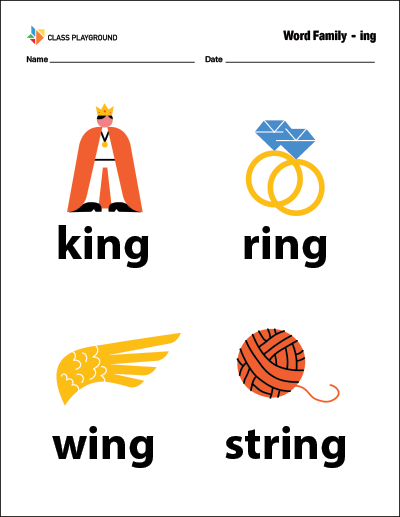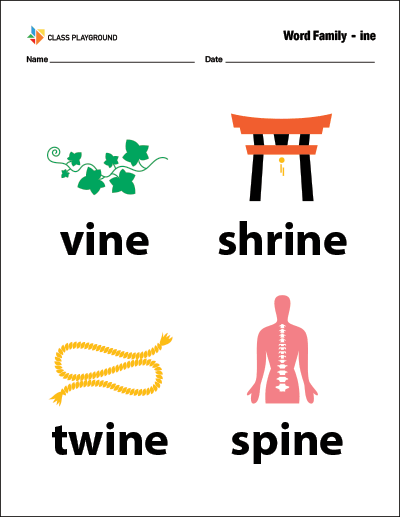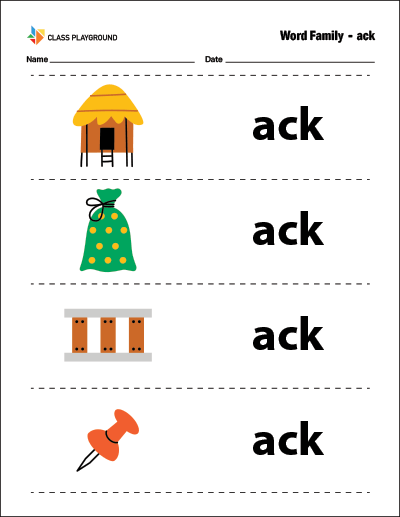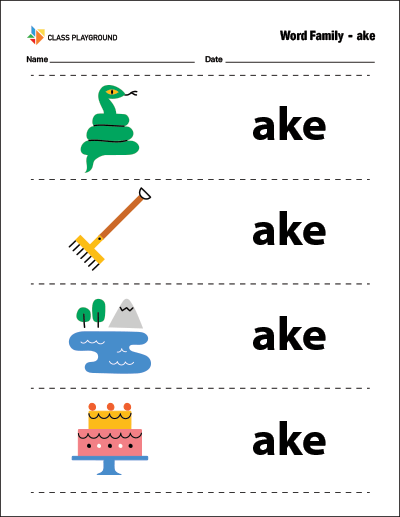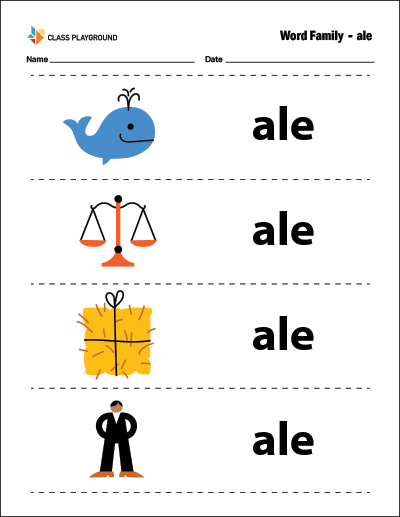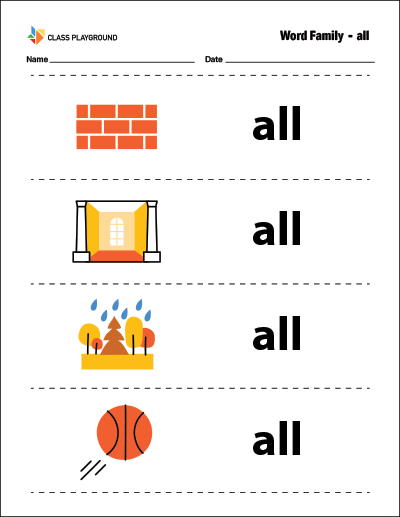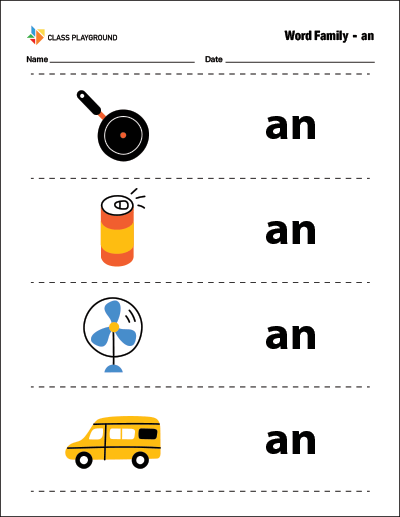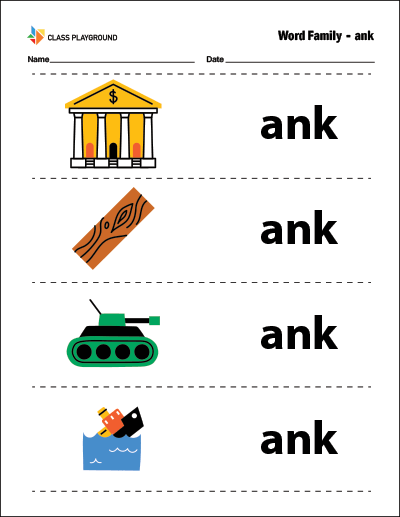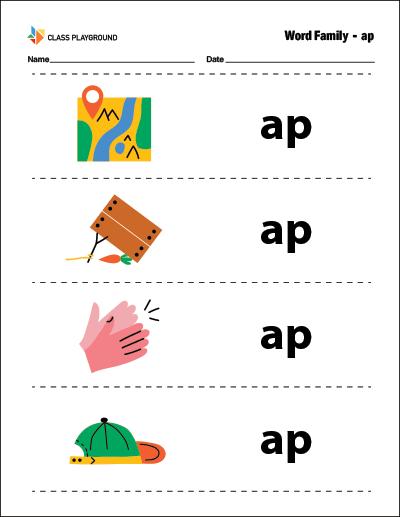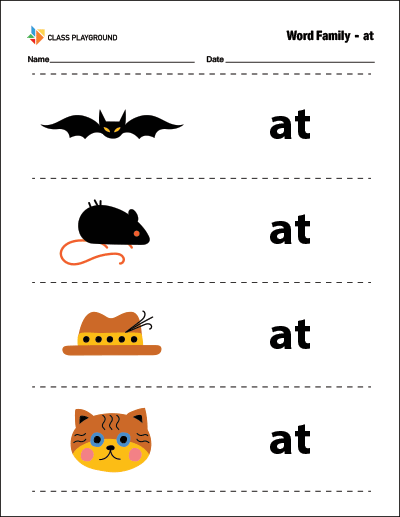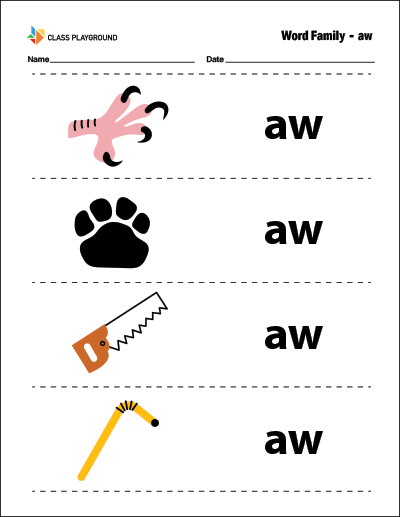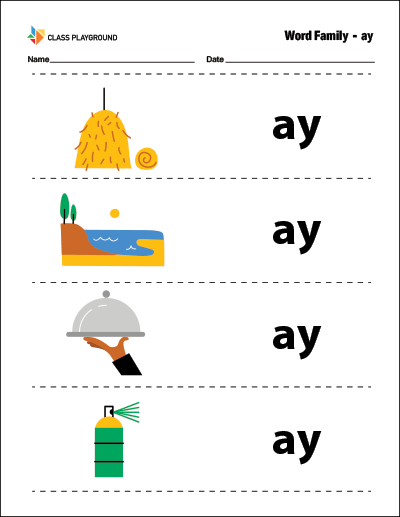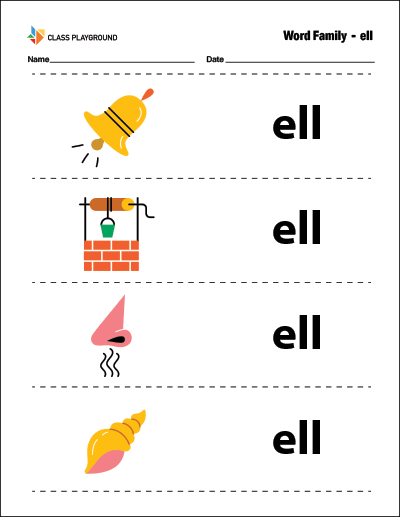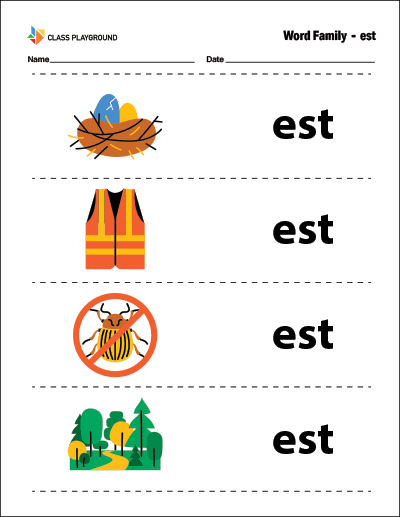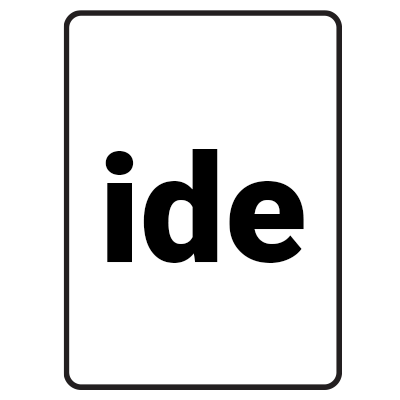What Are Word Families?
Word families, also known as rimes or phonograms, are groups of words that share a common pattern. They typically consist of a vowel and the letters that follow. For example, in the “at” word family, we have words like cat, bat, hat, and rat. In the “ake” word family, we find words like bake, cake, make, and lake.
Importance of Word Families
- Ease of Learning: Once a child learns one word from a word family, it becomes easier to read or decode other similar words.
- Spelling Skills: Understanding word families can help children spell new words based on known patterns.
- Vocabulary Expansion: Mastering word families can boost vocabulary as students can guess the meaning of new words that belong to a familiar word family.
- Reading Fluency: Recognizing word families helps children read more fluently as they don’t have to sound out every letter in a word.
How to Teach Word Families
There are several effective strategies to teach word families:
- Word Family Charts: Use charts to list down words belonging to the same family. For example, you can create a “-at” word family chart and list words like cat, hat, sat, mat, etc. This visual aid can help students identify and remember word patterns, enhancing their reading and spelling skills.
- Word Sorts: This activity involves sorting word cards into different word family groups. You can give students a stack of cards with words from various word families and ask them to sort them into piles based on their endings. This helps reinforce recognition of word patterns and aids in understanding how words are related.
- Rhyming Games: Rhyming games emphasize the sound patterns in word families, making learning fun and engaging. You can play a game where you say a word like “hat,” and students have to come up with as many words as they can that belong to the same word family (cat, mat, sat, etc). This can also be done as a competition to see who can come up with the most words.
- Word Family Stories: Create short stories or sentences using words from the same family. For instance, for the “-at” word family, you could write a story like “The cat sat on the mat wearing a hat.” This context-based learning aids comprehension and recall, as students can see how word families are used in real-world contexts.

